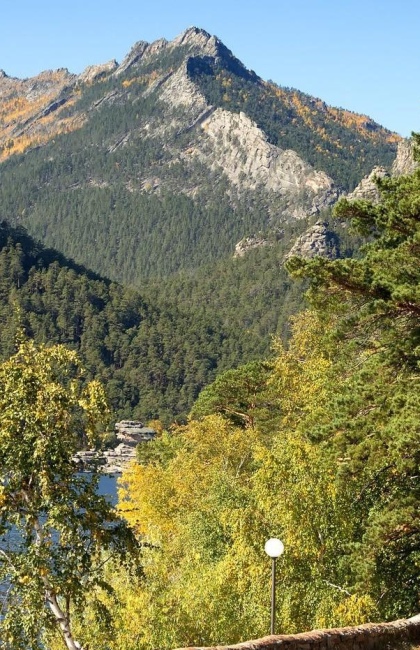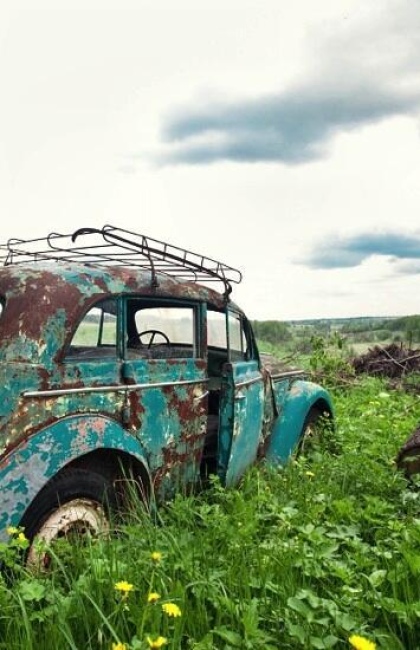The Town of Stepnogorsk
Closed Town
In the Akmola region of Kazakhstan, 185 km (115 mi) north of Astana, lies a town with a significant place in world history. Known variously as Tselinograd-25 and Makinsk-2 in different eras, it is now called Stepnogorsk, as it is situated in the middle of the vast steppes.
The town's history began in 1960 following the discovery of large uranium deposits in the area. Before this, no settlement existed; it was built from scratch. Stepnogorsk was a closed town during the USSR era. Movement to and from such towns was tightly controlled due to the sensitive military, industrial, or scientific facilities housed there, such as arms plants or nuclear research sites. Until the late 1980s, Stepnogorsk did not even appear on maps.
Weapons of Mass Destruction
Nuclear Weapons
The primary facility in Stepnogorsk was a mining and chemical plant for uranium production, the main raw material for developing nuclear weapons. Stepnogorsk played a critical role in the nuclear arms race between the Soviet Union and the United States. The first nuclear weapons test on Soviet Kazakh territory occurred in 1949, and thanks to the Stepnogorsk plant, the USSR quickly caught up with the United States in nuclear weapons production.
Although located in the Kazakh SSR, the plant carried out orders from Moscow, reflecting the central control typical of the Soviet era. The buildings in Stepnogorsk were constructed with the possibility of a nuclear attack in mind, and as a result, each building had a bunker beneath it.
Biological Weapons
In 1970, Moscow established the Progress microbiological complex in Stepnogorsk, located 14 km (9 mi) from the town. Equipped with a laboratory and an eight-story-deep bunker, the facility employed some of the Soviet Union's most trained specialists. According to official documents, the complex produced fertilizers and pesticides, but in reality, biological weapons were being developed there.
A Farewell to Arms
Before the collapse of the USSR, Stepnogorsk had a population of 58,000. After the Soviet Union dissolved, the production stopped, many residents left, leading to a period of decline for the town. It wasn't until 2005 that the population began to increase slightly. As of 2023, nearly 46,000 people live in Stepnogorsk.
The town comprises several microdistricts with buildings ranging from five to twelve stories high, interspersed with kindergartens, schools, and shops. One microdistrict is characterized by one-story cottages. The architecture throughout the town is monotonous and Soviet in style, particularly Soviet brutalism, characterized by minimalist constructions that emphasize bare building materials and structural elements over decorative design. Stepnogorsk is small enough that you can walk to any location within it.
Modern Days
Local authorities are actively working to promote the development of Stepnogorsk and its surrounding settlements. The town hosts enterprises that produce gold, molybdenum, uranium, and railway bearings, among other products. Overall, Stepnogorsk accounts for about 21% of the industrial production in the Akmola region.
How to get there?
Stepnogorsk can be reached by car from Astana. To get there, take the Astana-Kokshetau highway. After driving approximately 115 km (71 mi), you will reach the town of Akkol. Near Akkol, look for a sign indicating Stepnogorsk and turn right.
Other tourist attractions near Stepnogorsk:
- Stepnogorsk Museum of Local History
- Bestobe Canyon
- Sileti Reservoir




